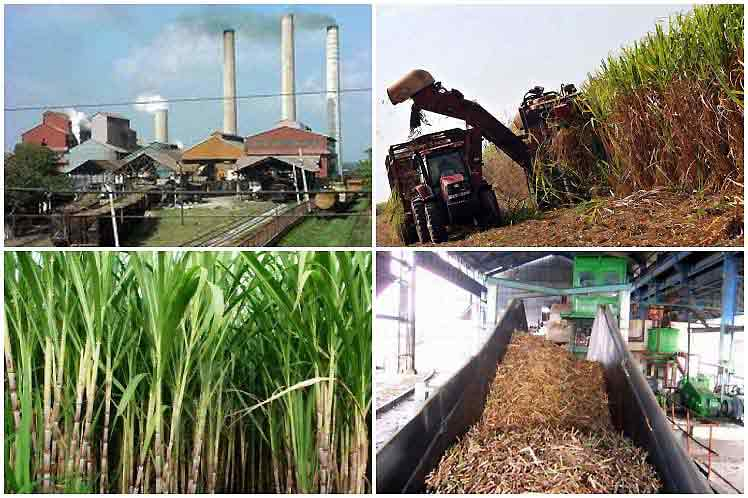
Havana, Nov 3.- Experts will debate today about the flexibility and diversification of the sugar agroindustry of Mexico, Brazil and Cuba, considering the common aspects and particularities of each country.
This is the main objective of the Seventh Meeting of the Association of Sugar Technicians of Cuba (ATAC) and the Association of Sugar Technicians of Mexico (ATAM), says a statement about that forum.
According to the text, the aim is to achieve a space for analysis, reflection and exchange of experiences that contributes to the reorientation and development of the productive chains of co-products and derivatives, in an efficient and effective manner, under current conditions, taking into account the requirements of sugarcane agriculture that supports them.
Two technical panels will be held, the first of which will promote debate on the sugarcane agroindustry in Mexico and Cuba, characteristics, current situation, problems, development expectations.
The second will deal with the use of derivatives in Mexico, Brazil and Cuba. Background of industrialization (bagasse, cachaça, sugar and honey and waste).
It also includes the factors that prevent the development of diversified productions. Current situation of productive diversification. Development expectations.
This meeting will conclude on Saturday with a pilgrimage to the tomb of the eminent Cuban scientist Álvaro Reynoso, in the Colón necropolis, and a visit to the Cuban Institute for Research on Sugarcane Derivatives (Icidca).
It is sponsored by the National Sugar Training Center (CNCA), the National Sugar Cane Research Institute (Inica), Icidca, the Economic Society of Friends of the Country (SEAP) and the Azcuba sugar business group.
Experts agree that the use of cane as a raw material for sugar, together with the diversification of its co-products, can give rise to more than a hundred commercially and technologically proven derivatives.
This makes this grass a source of products that can contribute to solving the main problems of society, that is, energy, food, the environment and health. (Text and photo: PL)